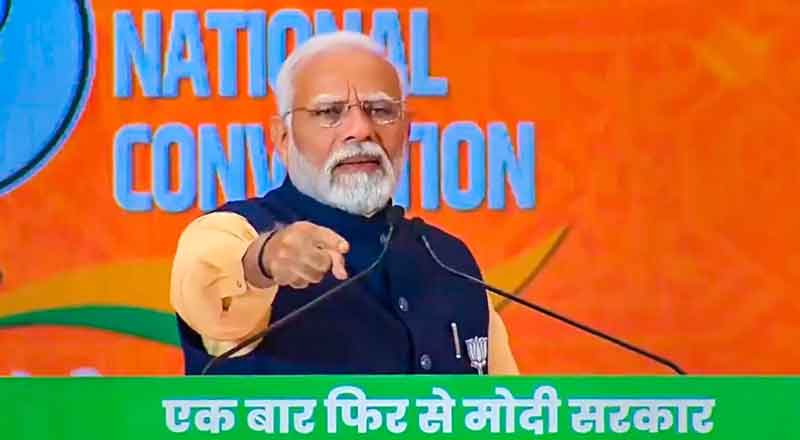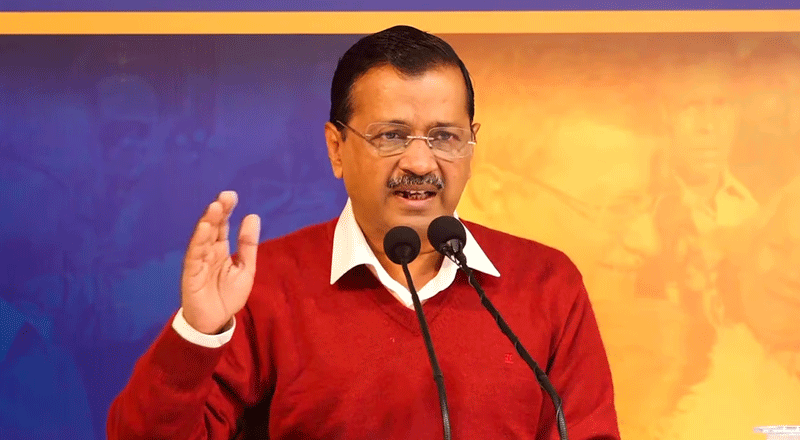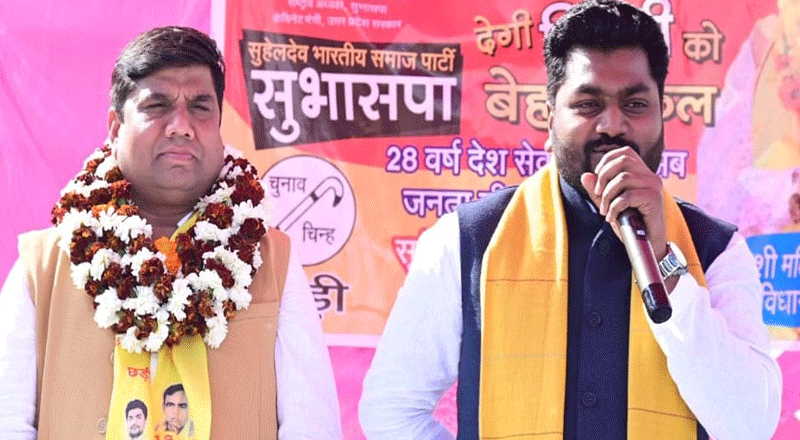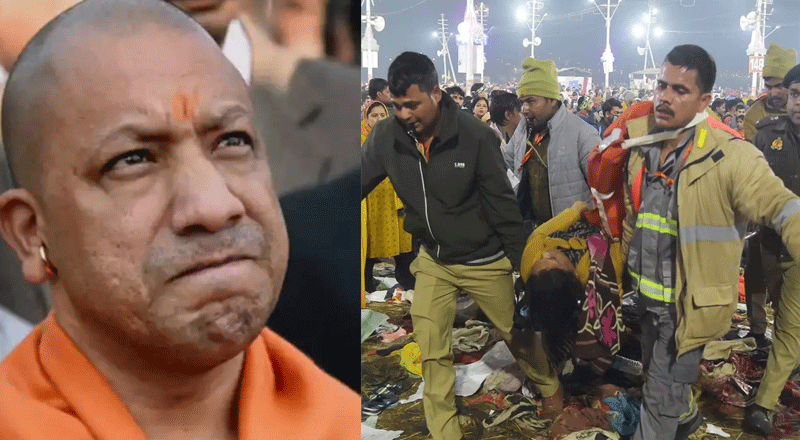Prashant Kishor’s Projections: A Closer Look
Political strategist Prashant Kishor’s recent statements have stirred significant interest in the ongoing Lok Sabha elections of 2024. Kishor’s insights, based on meticulous analysis, offer intriguing predictions regarding the electoral fortunes of the Bharatiya Janata Party (BJP) and its principal rival, the Indian National Congress.
Kishor’s observations suggest a notable surge in BJP’s support across key regions, particularly in South and East India. States like Tamil Nadu, Telangana, West Bengal, and Odisha are witnessing a perceptible tilt towards the saffron party, indicating a potential electoral wave in its favor.
Crucially, Kishor posits that BJP’s seat tally is unlikely to dip below the significant mark of 270, with a plausible scenario of securing around 300 seats. Such a projection hints at the prospect of Prime Minister Narendra Modi securing a third consecutive term in office, a feat rarely achieved in India’s political history.
However, Kishor doesn’t shy away from acknowledging the challenges posed by anti-incumbency, a factor that has historically influenced electoral outcomes. He notes a decline in the percentage of votes garnered by Modi over the years, signaling the need for strategic maneuvering to mitigate its impact.
In a strategic move, Kishor advocates for the formation of alliances between Muslim voters and specific segments of the Hindu electorate disenchanted with the BJP. These segments include Gandhian Hindus, Ambedkarite Hindus, Communist Hindus, and Socialist Hindus, forming a formidable coalition against the ruling party.
US Political Analyst’s Prediction: Adding a Global Perspective
Amidst the fervor of India’s electoral battle, an unexpected voice has emerged from the global political arena. Ian Bremmer, a renowned political risk consultant and founder of the Eurasia Group, has made a startling prediction regarding the Lok Sabha election results.
Bremmer’s claim, suggesting that the BJP may secure 305 seats with a margin of +/-10, adds a new dimension to the electoral discourse. His firm’s research further reinforces this assertion, projecting a potential seat tally ranging from 295 to 315 for the ruling party.
What makes Bremmer’s prediction significant is its juxtaposition with the prevailing global political landscape. Amidst uncertainties stemming from elections in major powers like the United States and the United Kingdom, the Indian parliamentary polls emerge as a beacon of stability and consistency.
Past Performance, Targets, and Current Election Status: Contextualizing the Scenario
Reflecting on past performances, the BJP under Narendra Modi’s leadership has witnessed a remarkable electoral ascent. From securing 282 seats in 2014 to a resounding victory with 303 seats in 2019, the party has set ambitious targets for the current elections.
Modi’s audacious goal of securing 370 seats for the BJP and over 400 for the National Democratic Alliance (NDA) bloc underscores the party’s confidence in its electoral prospects. However, contrasting predictions from Congress leaders Priyanka Gandhi and Rahul Gandhi, forecasting less than 200 seats for the NDA, hint at a fiercely contested electoral battlefield.
With the Lok Sabha elections progressing through seven phases, a significant portion of the electorate has already exercised its franchise. Yet, the upcoming phases remain critical, with the outcome poised to shape India’s political trajectory for the foreseeable future.
Analysis and Implications: Deciphering the Electoral Landscape
The convergence of insights from domestic stalwarts like Prashant Kishor and international experts like Ian Bremmer provides a comprehensive understanding of the electoral landscape.
While Kishor’s projections underscore BJP’s potential dominance, Bremmer’s prediction lends credence to this narrative, highlighting the stability of Indian politics amidst global tumult.
The looming specter of anti-incumbency necessitates strategic recalibration by political actors, as alliances and voter coalitions emerge as crucial determinants of electoral success.
Anticipation Builds Towards June 4
As India braces itself for the culmination of the Lok Sabha elections on June 4, the nation finds itself at a crossroads of political destiny. The convergence of diverse perspectives, ranging from domestic analyses to international prognostications, underscores the significance of this electoral moment.
With each passing day, the anticipation mounts, as citizens await the verdict that will shape the contours of India’s socio-political landscape. In the final reckoning, the outcome of the 2024 Lok Sabha elections will not merely determine the composition of the next government but will also resonate as a testament to the vibrancy and resilience of India’s democratic ethos.
(With inputs from agencies)





